


BESREMi PEN
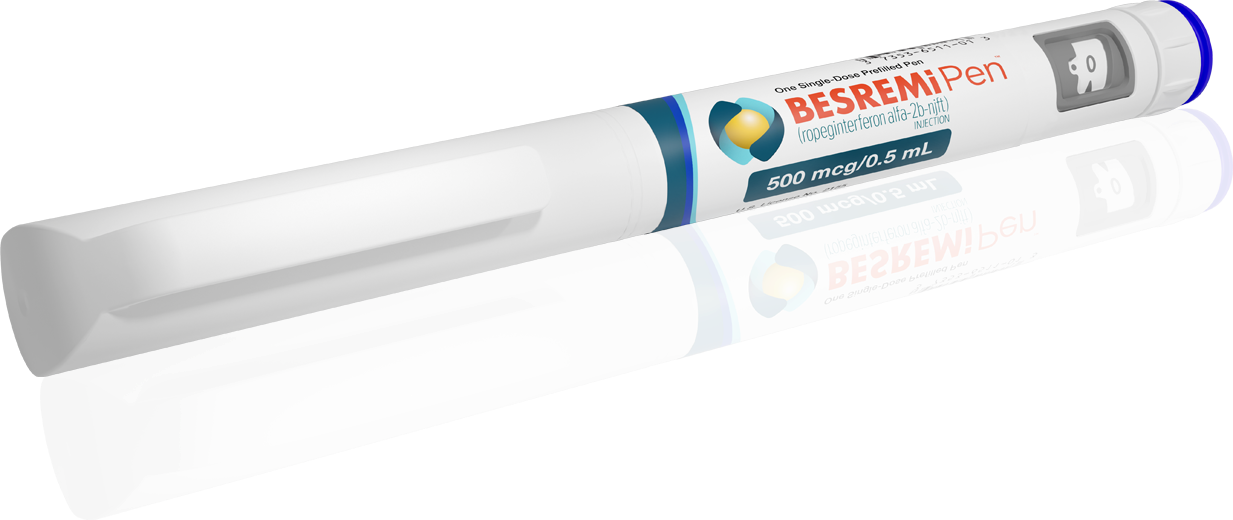

BESREMi is a prescription medicine that is used to treat adults with polycythemia vera
Get notified

What is PV?
Polycythemia vera (pol-e-sy-THEE-me-uh VEER-uh), or PV, is a rare and chronic blood cancer. It’s part of a group of blood cancers called
Stem cells
PV occurs when a single stem cell in the bone marrow develops a mutation (or DNA change) and starts to make too many blood cells. This DNA change often happens in a gene called JAK2
The excess of blood cells can cause symptoms and complications of PV. Having too many red blood cells makes the blood thicker, which slows down its flow. Too many platelets can lead to the formation of blood clots. That's when serious health problems, like heart attack and stroke, may occur. Your doctor may refer to these as “thrombotic events”
It all starts in the bone marrow
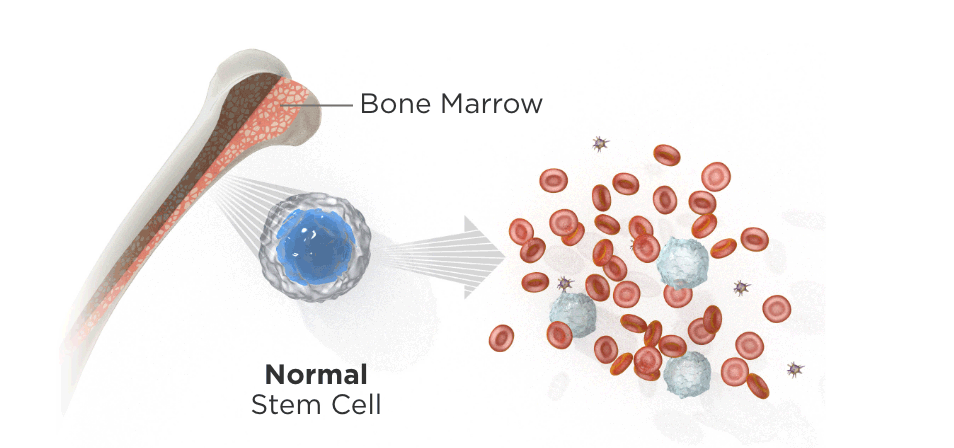
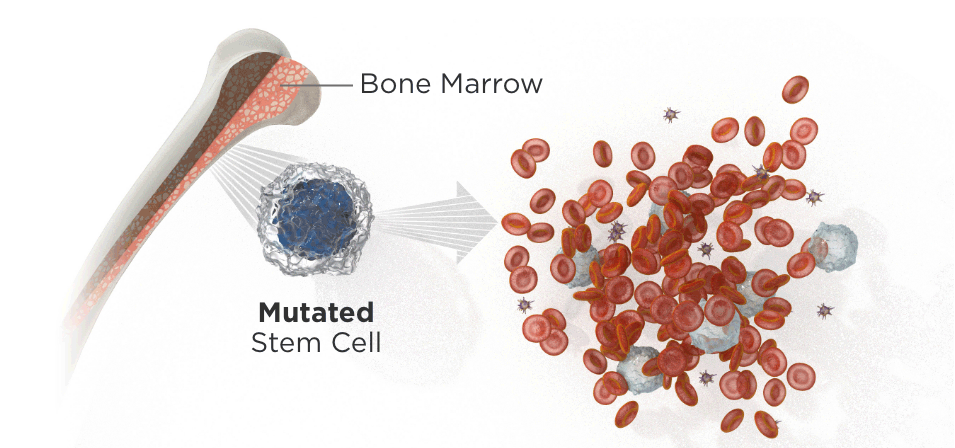

Red Blood Cell
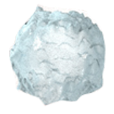
White Blood Cell

Platelet
PV occurs when a single stem cell in the bone marrow develops a mutation (or DNA change) and starts to make too many blood cells. This DNA change often happens in a gene called JAK2, which helps make a protein that controls how blood cells grow and divide. Most people with PV have a JAK2 mutation
The excess of blood cells can cause symptoms and complications of PV. Having too many red blood cells makes the blood thicker, which slows down its flow. Too many platelets can lead to the formation of blood clots. That's when serious health problems, like heart attack and stroke, may occur. Your doctor may refer to these as “thrombotic events”
Did you know?
In one study,
39% of people with PV had a history of thrombotic events, like blood clots, heart attack, and stroke.
About 95% of all PV cases are caused by a JAK2 mutation in a stem cell. This causes too many blood cells to be made.
PV symptoms are different for everyone
Some common PV symptoms are listed below. People living with PV may experience one or any combination of these symptoms. Some symptoms might be easy to ignore or blame on something else—but it’s important to tell your doctor about them so you get the care you need.
Itchy skin, especially after a warm bath or shower
Numbness in the hands, feet, arms, or legs (might also be described as tingling, burning, or weakness)
A feeling of fullness soon after eating (or bloating or pain in your upper left abdomen)
Unusual bleeding (nosebleeds, bleeding gums)
Painful swelling of one joint (often the big toe)
Shortness of breath and difficulty breathing when lying down
Headache
Dizziness
Fatigue (needing to nap during the day, or not having the energy to do things you usually do)
Blurred vision
For some patients, having too many blood cells makes the spleen work harder than normal. This can cause it to get larger. This is called splenomegaly (splen-o-meg-a-ly).
What do you need to know about treating PV?
If you’re living with PV, keeping your red and white blood cell and platelet counts under control is very important. In addition to putting you at risk for a thrombotic event, PV can also progress to other conditions like myelofibrosis
For years, management of PV has focused on making sure that your hematocrit
Did you know?
To see the big picture of PV, your doctor can measure your complete hematologic response (CHR)
- Red blood cell count
- White blood cell count
- Platelet count
- Time since last phlebotomyA procedure of drawing blood to reduce excess blood cells and decrease blood volume.(fluh-bot-uh-mee)
Your doctor may also look at your spleen size and whether you have had any thromboembolic events.
Talk with your doctor about why these measures are essential to tracking how well your PV treatment is working.
Taking charge of my treatment: Steven's story
Steven remembers the moment his life changed when receiving his PV diagnosis. Listen to his experience with initial treatment and why he and his doctor decided that BESREMi was the right choice to control his counts.
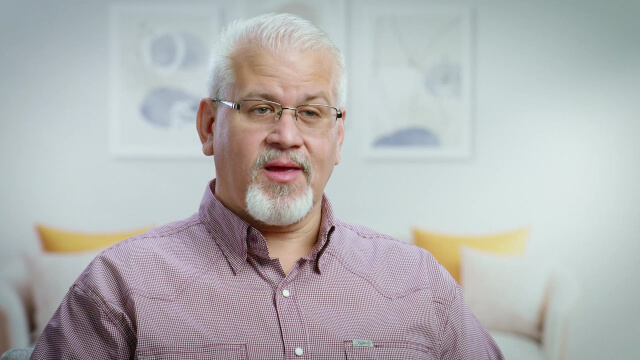
Watch more real stories about people taking BESREMi >







